
15 salads for summer
Discover lettuces that resist heat and rarely bolt to seed
Contents
In the vegetable garden, lettuce does not like very hot weather and lack of water. If watering is too irregular, if drought strikes your garden, lettuce becomes “stressed”. And its survival instinct orders it to multiply to survive. Lettuce then develops flowering stalks, leaves become tough, sometimes bitter. All gardeners dread this running to seed that prevents enjoying this much-anticipated lettuce. To avoid running to seed, simply choose summer lettuce varieties that are more heat-resistant than others. Discover our selection of 15 lettuces to harvest in summer, including lettuces, frisée, escarole and rocket.
In the lettuce family
When it comes to salad, lettuce (Lactuca sativa) is universally popular. Available in different shades of green or red, more or less crunchy, more or less head-forming, lettuce occupies a prized place in every vegetable plot. And in summer, what could be better than a fresh salad from the garden? To have lettuce on your table, you need to invite varieties suited to high temperatures into your plot.
Head-forming lettuces
Head-forming lettuces (also called butterhead lettuces) are recognised by their tender leaves that form a head. The heart of the lettuce is slightly crunchier.
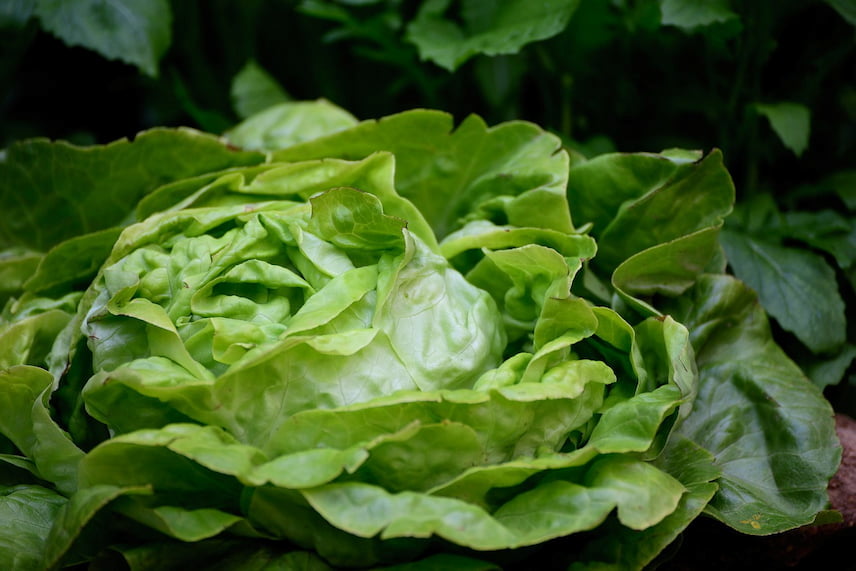
Head-forming lettuce is recognised by its tender leaves that form a neat head
For a summer harvest, favour:
- Sucrine: this small lettuce with an almost sweet taste is distinguished by its elongated, very tight head and by fairly crunchy, thick leaves. A typically southern variety, it produces dark green, blistered leaves. Sow from February.
- Grosse Blonde Paresseuse lives up to its name! It forms a lovely head of tender leaves in a soft green. Its heavy, compact head resists heat very well.
- Laitue du Bon Jardinier: this summer and autumn variety produces voluminous heads of smooth, fairly thick leaves. Laitue du Bon Jardinier can also show a slight red tinge. It is slow to bolt and very productive. Sow from February for harvest 8 to 10 weeks later.
You can also sow Blonde du Cazard, Merveille des 4 saisons…
Batavia lettuces
Batavia lettuce is characterised by blistered leaves with pronounced veins. This trait makes Batavia popular for its crunch. In general, Batavia is more resistant to bolting than head-forming lettuce, so it is better suited to summer cultivation.
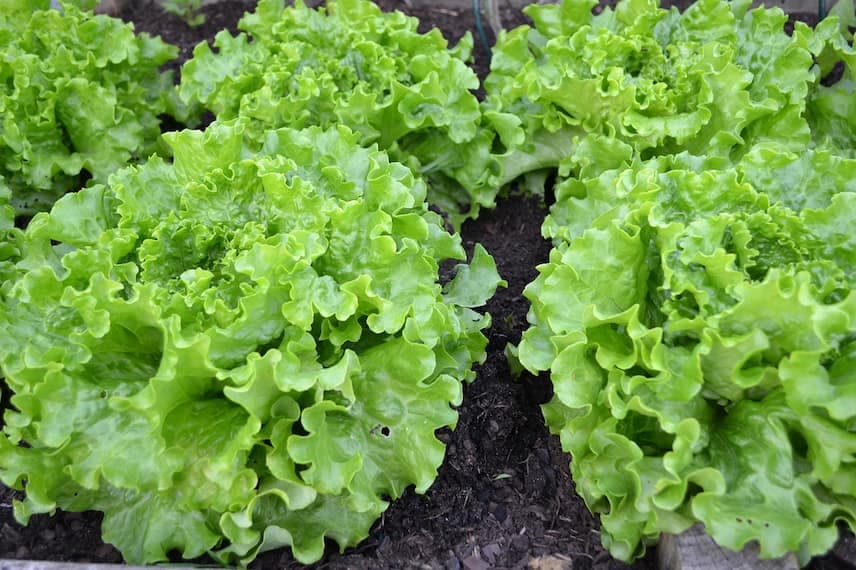
Batavia lettuce leaves are veined
For a summer harvest, choose:
- Batavia de Pierre-Bénite: it forms a firm, attractive head. Its leaves, with a hazelnut flavour, are frilled and blistered. A very vigorous variety. Sow from March.
- Batavia Carmen: its leaves show red highlights. This Batavia produces large heads with glossy leaves. Very heat-resistant while remaining hardy. Sow from March.
- Batavia Kinemontepas: its name leaves little doubt! Ideal for summer growing, with crisp, bright green leaves forming a lovely pale-green head.
You can also sow Blonde de Paris or Kamikaze.
Romaine lettuces
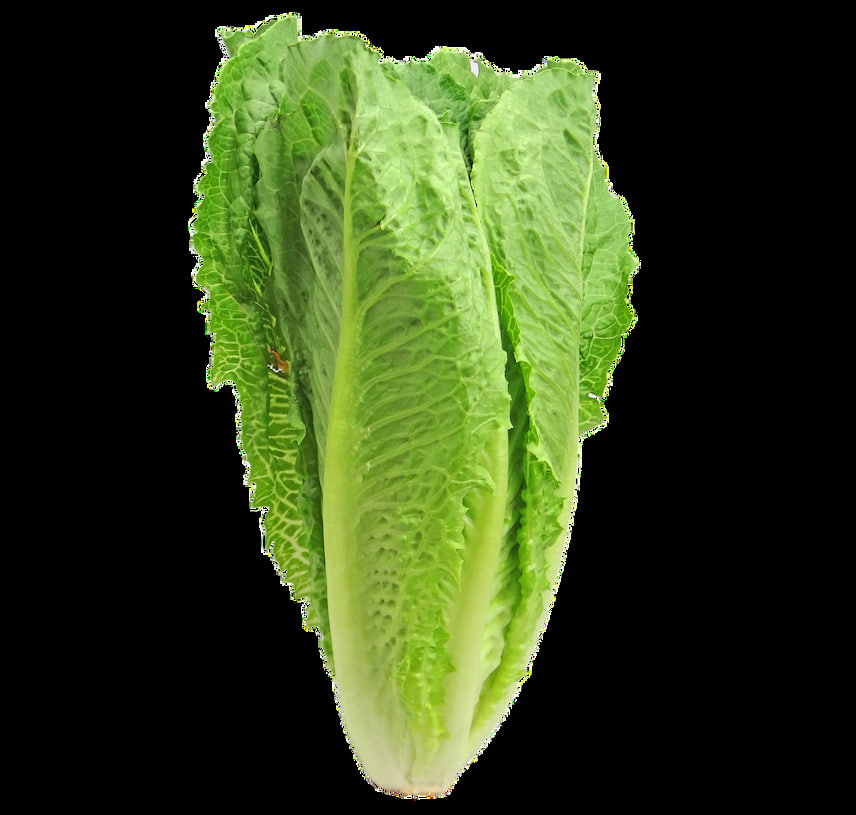
Romaine lettuce has crisp leaves
Less well known than its cousins, romaine lettuce nevertheless deserves a place in vegetable plots. Its leaves are thick and firm, much appreciated by lovers of crunchy salads. It is also very robust and tolerates high temperatures. Varieties to favour:
- Craquerelle du Midi: the name of this romaine variety (also considered by some as a butterhead) already hints at its ability to resist drought. Also called Craquante d’Avignon, it produces dark green, smooth leaves on an upright habit. Sow from January in southern regions.
- Chicon des Charentes: its large, elongated heads can reach 1 kg and group together very pale green, relatively tender leaves. A lettuce that can be grown in summer, spring or autumn.
Cut-and-come-again lettuces
Easy to grow, cut-and-come-again lettuce is harvested leaf by leaf as needed. It has the advantage of continuous growth and tolerates strong heat quite well. Varieties to choose:
- Lollo Rossa: unmistakable for its bright red, frilled leaves, Lollo Rossa is slow to bolt, making it ideal for summer. Very attractive on a plate and even grows well in window boxes. Sow from March.
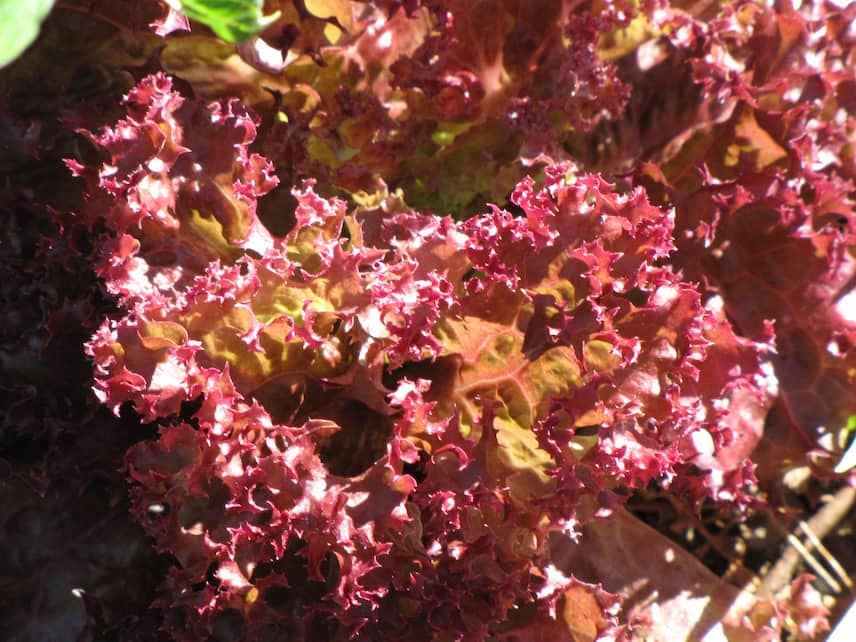
Cut-and-come-again lettuce Lollo Rossa is recognised by its pretty red leaves
- Salad Bowl: available in green or deep red, it regrows after cutting. A lettuce that appreciates summer heat. Leaves are fairly wide, similar to those of oakleaf lettuce.
Read also
How to succeed in sowing salads?In the family of curly endives
Lovers of frisée lettuce (Cichorium endivia crispum) appreciate its finely cut, spreading leaves arranged in a rosette around a very white heart. Even better when blanched because less bitter, frisée is not very demanding to grow. In suitable soil it can reach a diameter of 30 to 40 cm.

Blanched, frisée loses its bitterness
Some varieties thrive in full sun :
- Grosse Pommant Seule: forms a medium-sized head with a tight, compact heart. It blanches on its own and its leaves are very finely cut.
- Frisée (fine) de Meaux: forms a large head of tightly packed pale green leaves. It blanches easily and is very drought-resistant. Rosettes reach 45 cm in diameter without difficulty. Sow from March.
Discover other Salad leaves
View all →Available in 1 sizes
Available in 1 sizes
Available in 1 sizes
Available in 1 sizes
Available in 1 sizes
Available in 1 sizes
Available in 1 sizes
Available in 1 sizes
Available in 1 sizes
Available in 1 sizes
In the escarole chicory family
Escaroles (Cichorium endivia var. latifolium) are not known as summer lettuces because they prefer temperate or even cool climates. They are crisp lettuces with green, dentate leaves and a white heart. Yet some still grow during summer :
- Grosse bouclée : this early, vigorous variety copes well with heat. Its curly, pale-green leaves blanch quickly. It forms a tight, dense head. Sow from April.
- Géante maraîchère : produces large lettuces with a very white heart and broad, crunchy leaves. Early variety; sow from May.
Read also
Succeeding in growing saladsRocket
Rocket (Eruca sativa), a salad with a peppery flavour, can be enjoyed in summer provided it is well watered and has some shade. Thus, it will be less likely to go to seed. 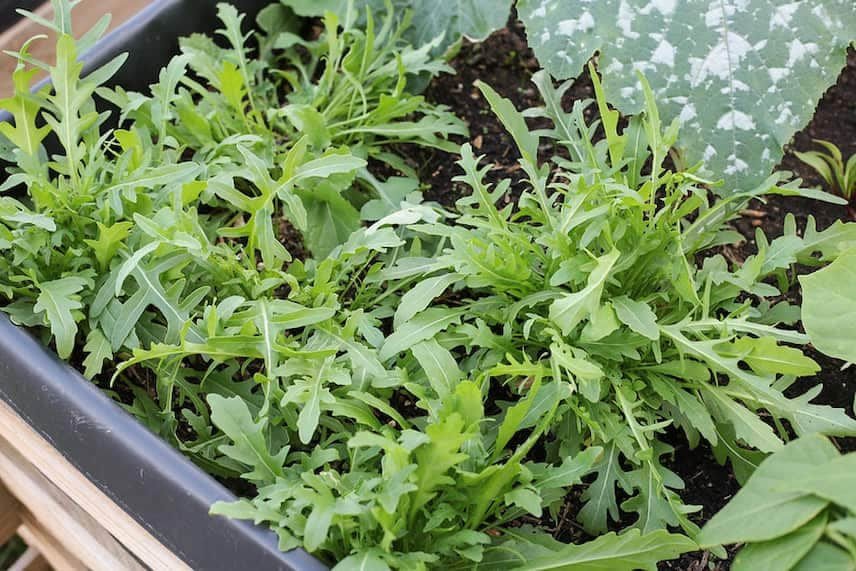 It can be sown from April once soil has reached 16 °C. In the vegetable garden, two types of rocket can be sown: the garden rocket and the wild rocket, the first having a milder flavour.
It can be sown from April once soil has reached 16 °C. In the vegetable garden, two types of rocket can be sown: the garden rocket and the wild rocket, the first having a milder flavour.
- Subscribe!
- Contents










































Comments